
Chemical Leaching From Plastic Bottles
The Hidden Dangers of Plastic Bottles
Ah, the trusty plastic water bottle! It’s like the best friend you never knew you had until you realized she’s been secretly plotting against your health. Sure, she’s convenient and always there when you’re parched, but lurking within that seemingly innocent bottle is a world of chemical chaos just waiting to leach into your drink. Let’s dive into the murky waters of chemical leaching from plastic bottles, shall we?
What Exactly Is Chemical Leaching?
Chemical leaching is a fancy way of saying that substances can seep out of the materials they’re contained in, especially when those materials are exposed to heat, sunlight, or even just a good old-fashioned squeeze. When it comes to plastic bottles, this leaching can lead to the release of harmful chemicals like bisphenol A (BPA) and phthalates into the water you’re sipping. Yum, right? 🍋
How Bad Is It, Really?
Well, let’s put it this way: researchers from Columbia University and Rutgers University recently found that the average liter of bottled water contains at least 240,000 plastic particles. That’s like having a tiny plastic party in your water bottle. And trust me, nobody wants to be the host of that party!
Factors That Increase Leaching
Not all plastic bottles are created equal. Here are a few factors that can exacerbate the leaching process:
- Temperature: Leaving your bottle in a hot car? That’s like sending your water to a sauna retreat, and it’s not coming back healthy.
- Sunlight: UV rays are not just for tanning; they can also break down plastic, causing it to release toxins.
- Recycling: Recycling doesn’t always mean “safe.” Recycled plastics can leach even more chemicals than their virgin counterparts.
- Reuse: Using a single-use bottle multiple times? Think of it as inviting your friend to crash at your place indefinitely—eventually, things get messy.
Why Should You Care?
Aside from the fact that no one wants tiny bits of plastic swimming in their water, these chemicals can have serious health implications. Studies link them to hormonal disruptions and other health concerns. So, the next time you’re about to take a sip, maybe think twice about what you’re really drinking.
What Can You Do?
Here are some easy steps you can take to minimize your exposure to these sneaky chemicals:
- Invest in a reusable bottle: Stainless steel or glass are your best friends here. They’re durable, stylish, and won’t leach harmful chemicals.
- Keep it cool: Store your water in a cool, dark place. Your water will thank you, and so will your body!
- Say no to single-use: Let’s be honest, single-use plastic bottles are so last season. Ditch them for good!
- Educate others: Spread the word! The more people know, the better choices we can all make.
In Conclusion
While plastic bottles may seem harmless, the truth is they can be a ticking time bomb of chemicals ready to unleash their havoc upon your health. By making a few simple changes, you can protect yourself and the planet. So, let’s raise our reusable bottles (filled with safe, clean water, of course) and toast to a healthier future! 🥤





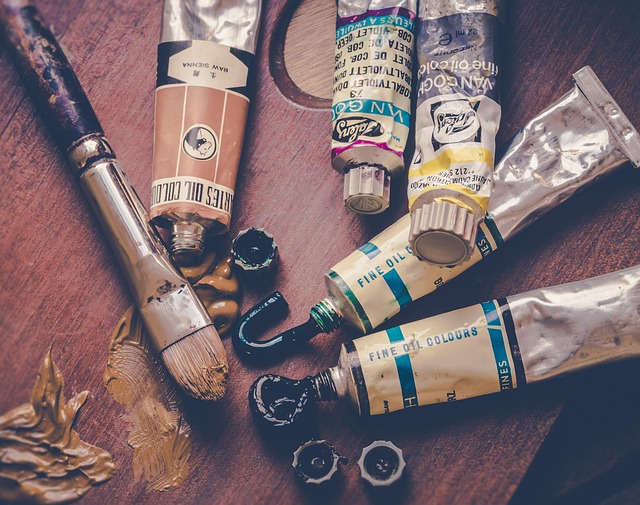




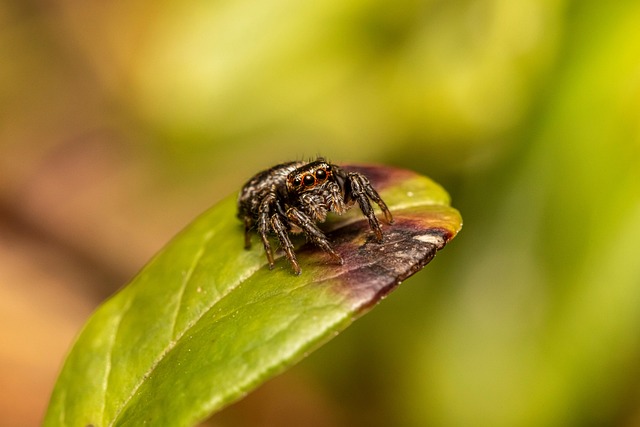


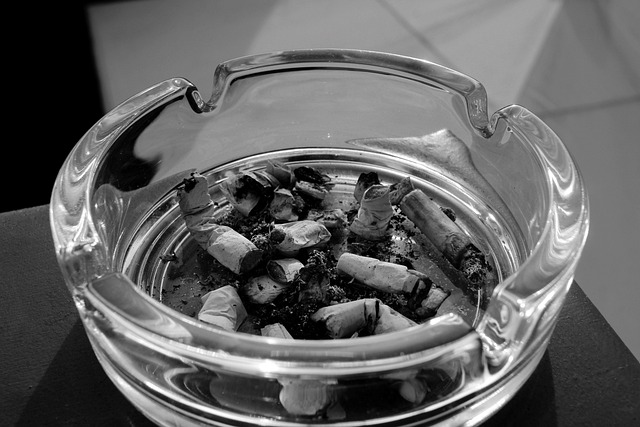



 Strumming Through the Clouds: The Chords of "Free Fallin"
Strumming Through the Clouds: The Chords of "Free Fallin" 
 Health
Health  Fitness
Fitness  Lifestyle
Lifestyle  Tech
Tech  Travel
Travel 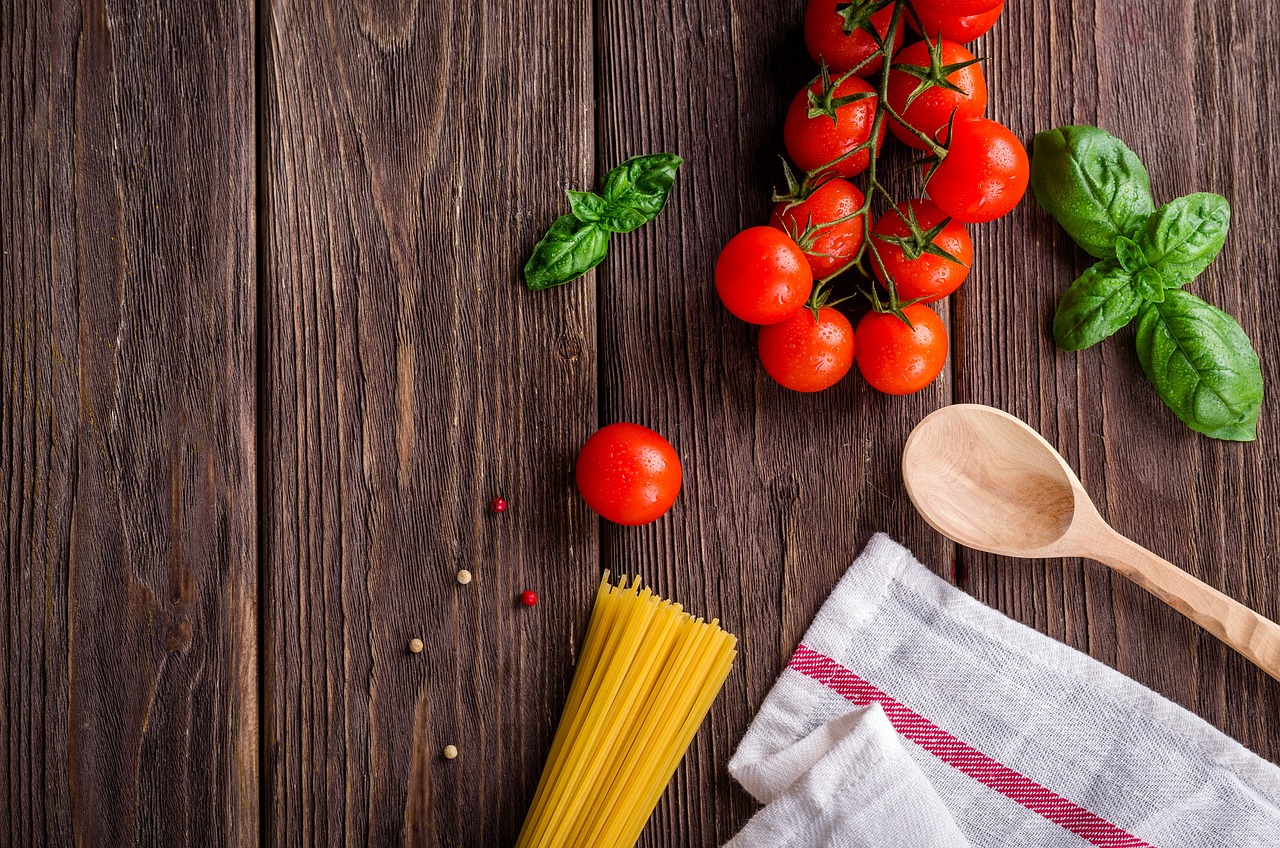 Food
Food  Education
Education  Parenting
Parenting  Career & Work
Career & Work  Hobbies
Hobbies 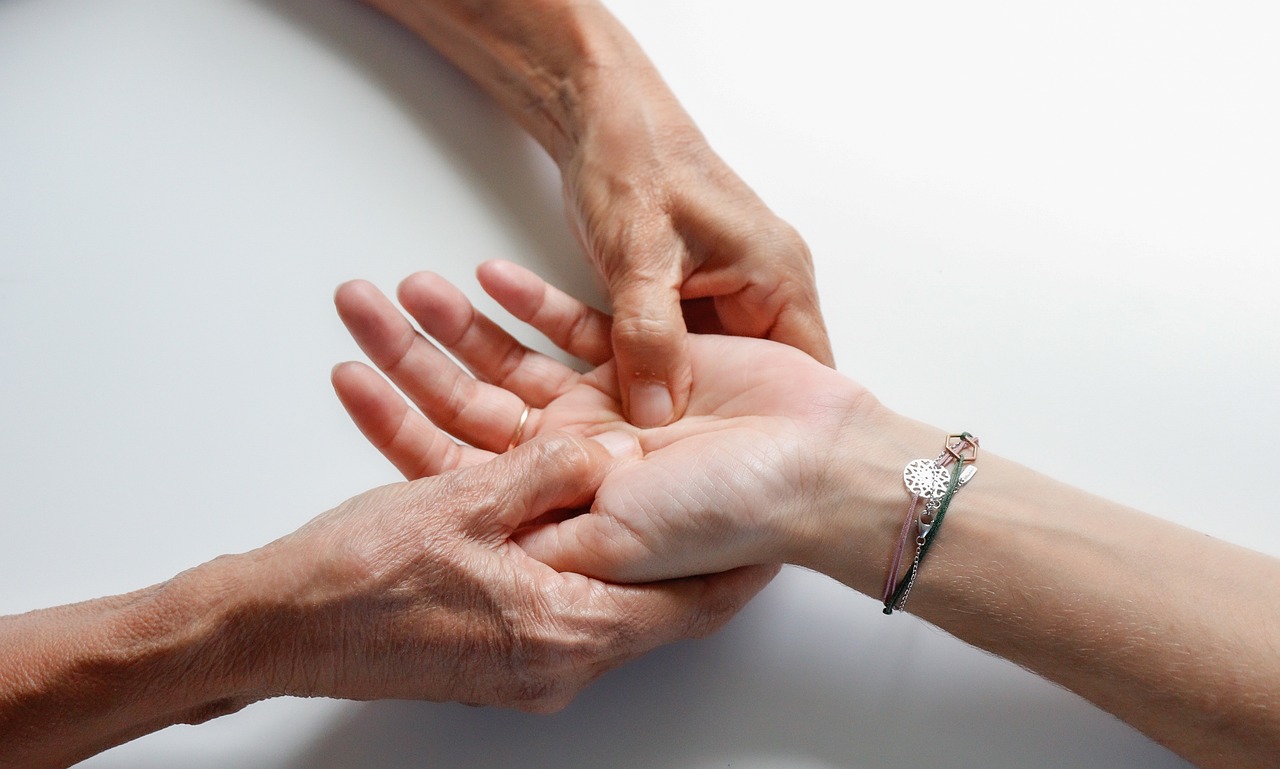 Wellness
Wellness  Beauty
Beauty  Cars
Cars  Art
Art 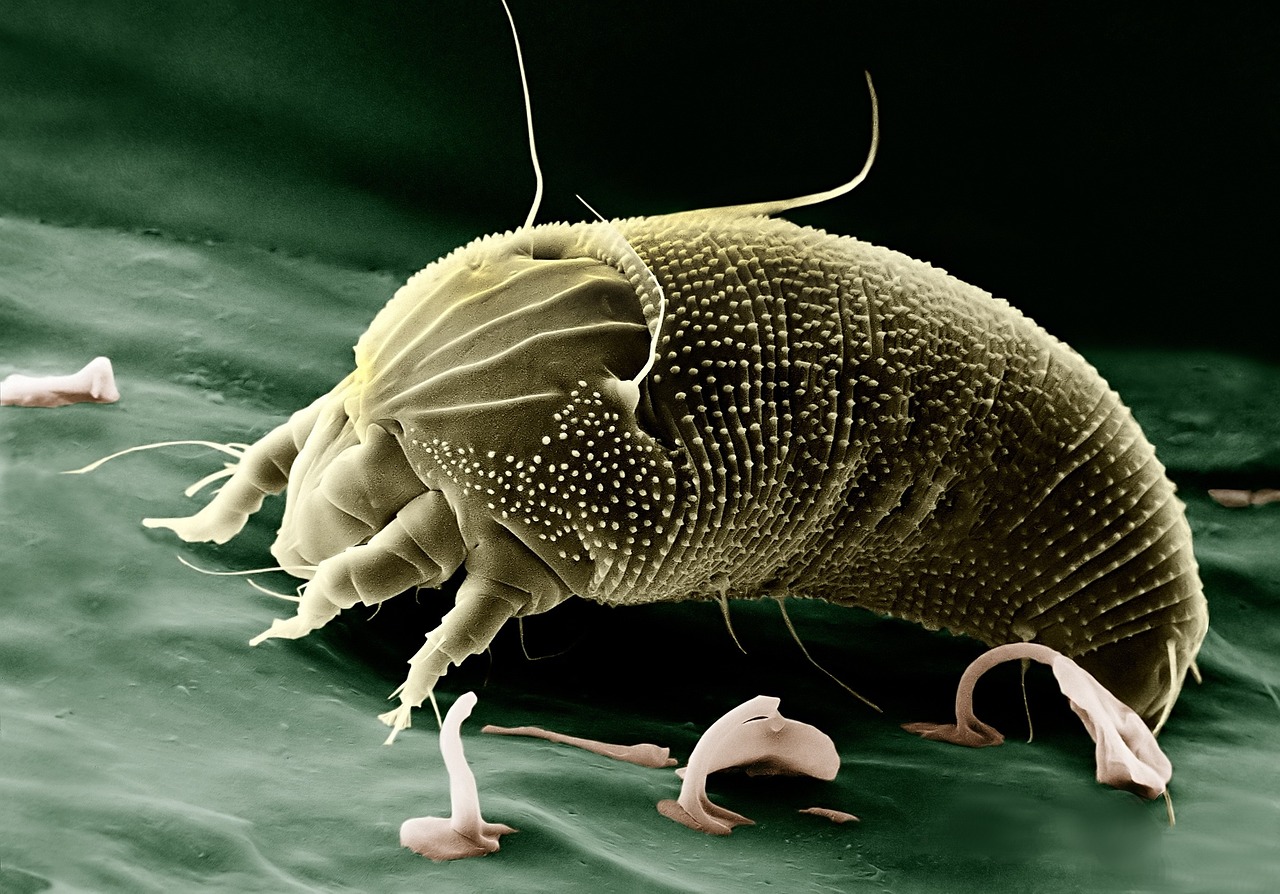 Science
Science  Culture
Culture  Books
Books  Music
Music  Movies
Movies  Gaming
Gaming  Sports
Sports  Nature
Nature  Home & Garden
Home & Garden  Business & Finance
Business & Finance  Relationships
Relationships  Pets
Pets  Shopping
Shopping  Mindset & Inspiration
Mindset & Inspiration  Environment
Environment 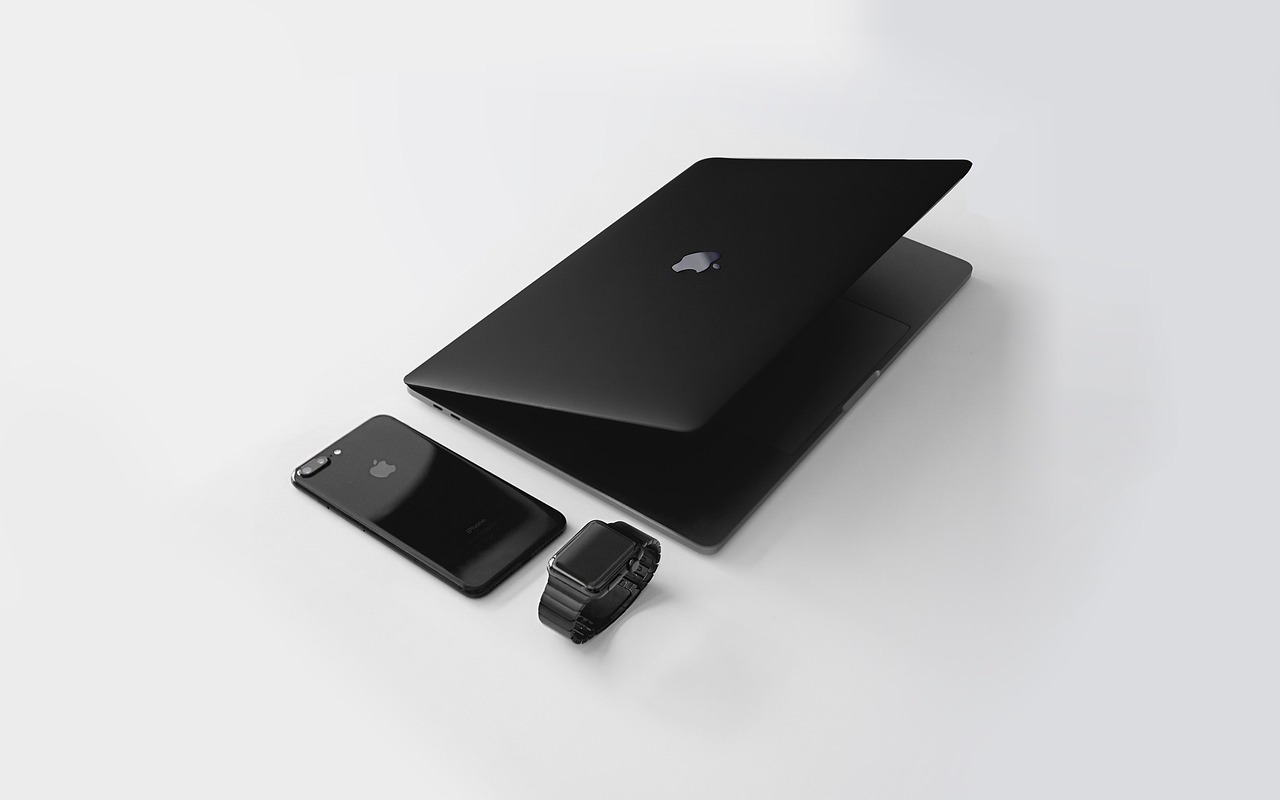 Gadgets
Gadgets  Politics
Politics 